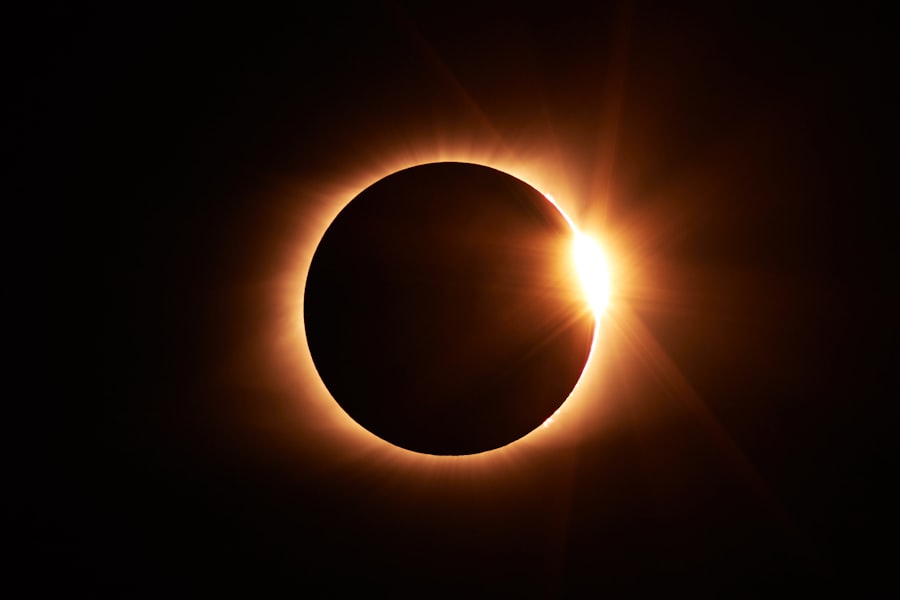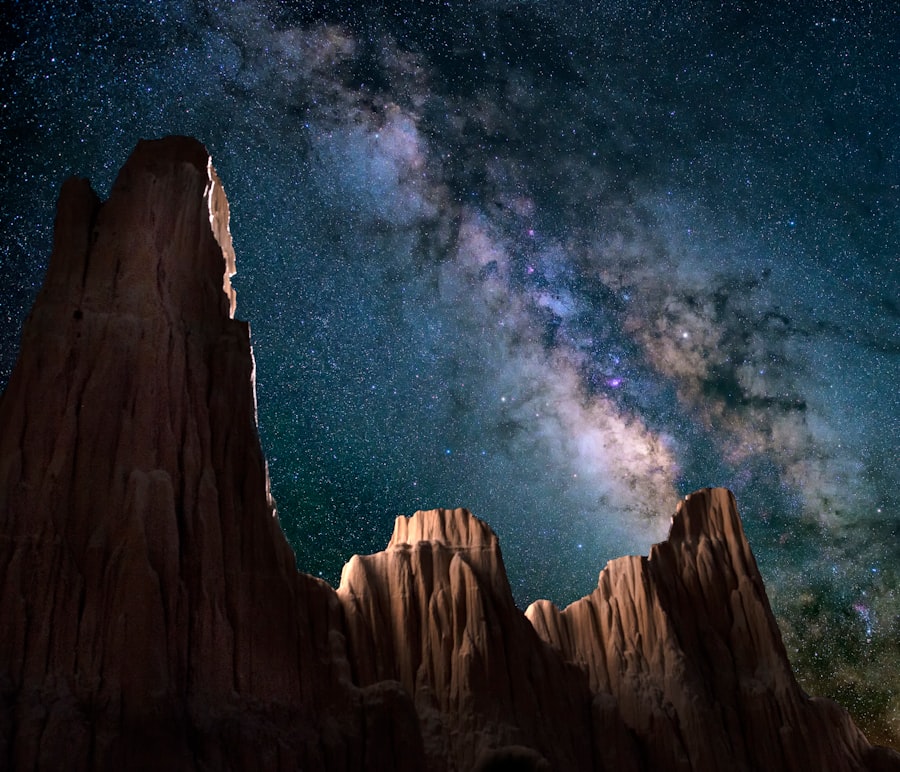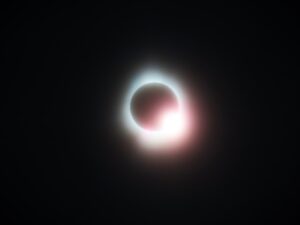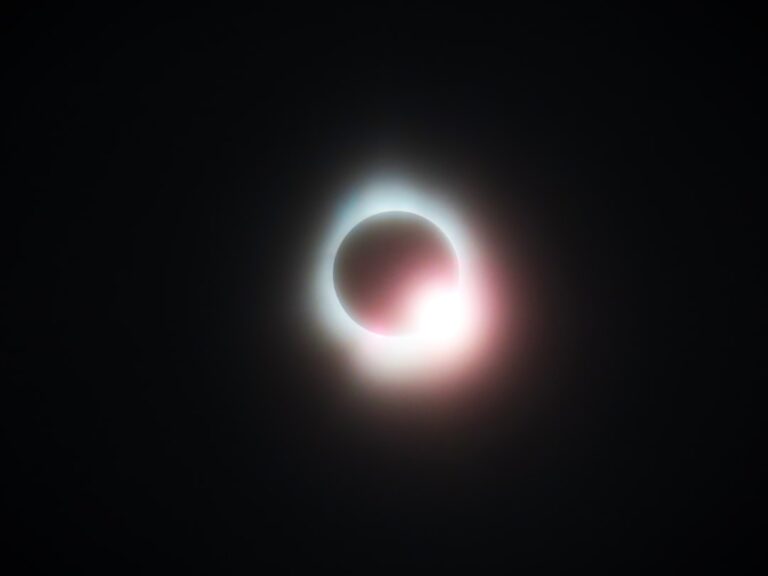The Solar System is a vast and intricate collection of celestial bodies bound together by the gravitational pull of the Sun, a medium-sized star located at its center. This cosmic neighborhood comprises eight major planets, numerous dwarf planets, moons, asteroids, comets, and other celestial phenomena. The formation of the Solar System dates back approximately 4.6 billion years, originating from a rotating disk of gas and dust that collapsed under its own gravity.
As this material coalesced, it formed the Sun and the surrounding planets, each with unique characteristics and orbits. Understanding the Solar System is not merely an academic pursuit; it has profound implications for our knowledge of the universe and our place within it. The study of planetary systems helps scientists unravel the mysteries of planetary formation, evolution, and the potential for life beyond Earth.
As we delve deeper into the Solar System, we uncover not only the physical properties of these celestial bodies but also their histories and the dynamic processes that govern their interactions. This exploration has been fueled by advancements in technology and a growing curiosity about the cosmos, leading to groundbreaking discoveries that continue to reshape our understanding of space.
Key Takeaways
- The solar system consists of the sun, eight planets, and various other celestial bodies.
- The inner planets, including Mercury, Venus, Earth, and Mars, are rocky and have solid surfaces.
- The gas giants, such as Jupiter, Saturn, Uranus, and Neptune, are large planets primarily composed of gases.
- Dwarf planets and other celestial bodies, like Pluto and asteroids, are also part of the solar system.
- Moons and satellites orbit around planets and provide valuable information about their composition and environment.
The Inner Planets: Mercury, Venus, Earth, and Mars
The inner planets, also known as terrestrial planets, are characterized by their rocky compositions and relatively small sizes compared to their outer counterparts. Mercury, the closest planet to the Sun, is a world of extremes. With surface temperatures that can soar to 800 degrees Fahrenheit during the day and plummet to -330 degrees Fahrenheit at night, Mercury’s lack of a substantial atmosphere contributes to these drastic temperature fluctuations.
Its surface is marked by craters and ridges, reminiscent of our Moon, indicating a history of heavy bombardment in its early years. Venus, often referred to as Earth’s “sister planet” due to its similar size and composition, presents a stark contrast to our home world. Enveloped in a thick atmosphere composed primarily of carbon dioxide, Venus experiences a runaway greenhouse effect that results in surface temperatures averaging around 900 degrees Fahrenheit.
The planet’s surface is obscured by dense clouds of sulfuric acid, making direct observation challenging. Despite these harsh conditions, Venus has been a focal point for scientific inquiry, with missions like NASA’s Magellan providing detailed radar maps of its surface and revealing volcanic features that suggest geological activity. Earth stands out as the only known planet to support life, thanks to its unique combination of liquid water, a protective atmosphere, and a suitable climate.
The presence of diverse ecosystems and complex life forms makes Earth a subject of intense study in astrobiology and environmental science. Mars, the fourth planet from the Sun, has captivated human imagination for centuries. Its reddish hue is due to iron oxide on its surface, and it features the largest volcano in the Solar System, Olympus Mons, as well as deep canyons like Valles Marineris.
Recent missions have focused on uncovering evidence of past water flows and potential microbial life, making Mars a prime candidate for future human exploration.
The Gas Giants: Jupiter, Saturn, Uranus, and Neptune

Beyond the inner planets lie the gas giants: Jupiter and Saturn, followed by the ice giants Uranus and Neptune. Jupiter reigns as the largest planet in our Solar System, boasting a diameter over 86,000 miles. Its atmosphere is a swirling mass of gases dominated by hydrogen and helium, punctuated by striking bands of clouds and storms.
The Great Red Spot, a colossal storm larger than Earth that has persisted for centuries, exemplifies Jupiter’s dynamic weather patterns. Additionally, Jupiter’s strong magnetic field and extensive system of moons—over 79 confirmed—make it a fascinating subject for study. Saturn is renowned for its stunning ring system, composed of ice particles and rocky debris that create a breathtaking spectacle visible even through small telescopes.
The rings are not uniform; they vary in thickness and density, with gaps known as “division” created by gravitational interactions with Saturn’s moons. Saturn’s atmosphere features similar banding to Jupiter’s but is less turbulent. The Cassini-Huygens mission provided invaluable insights into Saturn’s complex system, revealing details about its rings and moons, including Enceladus, which exhibits geysers that hint at subsurface oceans.
Uranus and Neptune are classified as ice giants due to their unique compositions that include water, ammonia, and methane ices. Uranus is distinctive for its extreme axial tilt of about 98 degrees, causing it to rotate on its side relative to its orbit around the Sun. This unusual orientation results in extreme seasonal variations.
Neptune, while smaller than Uranus, boasts some of the strongest winds in the Solar System, reaching speeds of over 1,200 miles per hour. Both planets have been studied primarily through flyby missions like Voyager 2 and ground-based telescopes that have revealed their vibrant blue hues caused by methane absorption of red light.
Dwarf Planets and Other Celestial Bodies
| Celestial Body | Diameter (km) | Orbital Period (years) |
|---|---|---|
| Pluto | 2374 | 248 |
| Ceres | 946 | 4.6 |
| Haumea | 1632 | 283 |
| Makemake | 1434 | 309 |
| Eris | 2326 | 560 |
Dwarf planets are celestial bodies that share characteristics with planets but do not meet all criteria for full planetary status. Pluto was once considered the ninth planet but was reclassified as a dwarf planet in 2006 by the International Astronomical Union (IAU). This decision sparked debate within the scientific community and among enthusiasts alike.
Pluto resides in the Kuiper Belt—a region beyond Neptune populated with icy bodies—and has five known moons, with Charon being its largest. Other notable dwarf planets include Eris, Haumea, and Makemake. Eris is particularly intriguing due to its size; it is slightly smaller than Pluto but more massive.
Its discovery in 2005 prompted discussions about what constitutes a planet and led to Pluto’s reclassification. Haumea is unique for its elongated shape and rapid rotation period; it also has two known moons. Makemake is notable for being one of the brightest objects in the Kuiper Belt and was discovered shortly after Eris.
In addition to dwarf planets, the Solar System contains numerous small celestial bodies such as asteroids and comets. Asteroids are primarily found in the asteroid belt between Mars and Jupiter; they are remnants from the early Solar System that never coalesced into planets. Comets originate from regions like the Oort Cloud or Kuiper Belt and are composed mainly of ice and dust.
When they approach the Sun, they develop tails that can stretch for millions of miles due to solar radiation.
Moons and Satellites
Moons are natural satellites that orbit planets and dwarf planets throughout the Solar System. They vary widely in size, composition, and geological activity. Earth’s Moon is one of the most studied celestial bodies due to its proximity and influence on our planet’s tides and rotation.
It has been a focal point for human exploration since the Apollo missions landed astronauts on its surface between 1969 and 1972. Jupiter’s moon Europa is particularly intriguing because it is believed to harbor a subsurface ocean beneath its icy crust.
Similarly, Saturn’s moon Enceladus has garnered attention for its geysers that eject water vapor into space, suggesting an active subsurface ocean as well. Other notable moons include Titan—Saturn’s largest moon—which possesses a thick atmosphere rich in nitrogen and methane lakes on its surface; Ganymede—Jupiter’s largest moon—which is unique for being larger than Mercury; and Triton—Neptune’s largest moon—which exhibits retrograde orbit behavior indicative of having been captured by Neptune’s gravity rather than forming alongside it.
The Asteroid Belt and Kuiper Belt

The asteroid belt lies between Mars and Jupiter and contains millions of rocky bodies ranging from small pebbles to massive asteroids like Ceres—the largest object in this region and classified as both an asteroid and a dwarf planet. The formation of this belt is believed to be a result of gravitational interactions with Jupiter preventing these bodies from coalescing into a full-fledged planet during the early stages of the Solar System’s development. The Kuiper Belt extends beyond Neptune’s orbit and is home to many icy bodies including dwarf planets like Pluto and Haumea.
This region serves as a reservoir for comets that can be nudged inward toward the inner Solar System through gravitational interactions with larger bodies or other forces. The Kuiper Belt is thought to contain thousands of objects larger than 100 kilometers across as well as countless smaller ones. Both belts provide valuable insights into the early Solar System’s conditions and processes.
Studying these regions helps scientists understand planetary formation dynamics while also offering clues about potential resources for future space exploration missions.
Missions and Explorations of the Solar System
Human curiosity about space has driven numerous missions aimed at exploring our Solar System since the mid-20th century. The Voyager program launched in 1977 marked a significant milestone in interplanetary exploration with Voyager 1 and Voyager 2 providing unprecedented data about Jupiter, Saturn, Uranus, Neptune—and their moons—before venturing into interstellar space. More recent missions have focused on specific targets within our Solar System.
NASA’s Mars rovers—Spirit, Opportunity, Curiosity—and Perseverance have been instrumental in uncovering evidence of past water flows on Mars while searching for signs of ancient microbial life. The Perseverance rover also carries technology designed for future human exploration by producing oxygen from Martian carbon dioxide. The New Horizons mission provided humanity’s first close-up images of Pluto in 2015 after traveling nearly ten years across billions of miles—a feat that expanded our understanding of this distant dwarf planet significantly.
Meanwhile, missions like Juno are currently studying Jupiter’s atmosphere while providing insights into its magnetic field dynamics. International collaborations have also played an essential role in advancing our knowledge about space; ESA’s Rosetta mission successfully landed on comet 67P/Churyumov-Gerasimenko in 2014—an achievement that showcased Europe’s capabilities in deep-space exploration.
The Future of Solar System Exploration
The future of Solar System exploration promises exciting advancements fueled by technological innovations and international collaboration among space agencies worldwide. NASA’s Artemis program aims to return humans to the Moon by 2024 as part of broader efforts to establish sustainable lunar exploration while preparing for future manned missions to Mars. Private companies like SpaceX are also playing an increasingly vital role in space exploration endeavors with ambitious plans for crewed missions to Mars within this decade—potentially paving new pathways toward interplanetary colonization efforts.
Additionally, upcoming missions such as NASA’s Europa Clipper aim to investigate Europa’s subsurface ocean further while assessing its habitability potential—an endeavor that could revolutionize our understanding of life beyond Earth. As we continue exploring our Solar System through advanced telescopes like James Webb Space Telescope (JWST) alongside robotic missions targeting various celestial bodies—the quest for knowledge about our cosmic neighborhood remains an ever-evolving journey filled with possibilities waiting to be uncovered.
If you are interested in exploring different philosophies and their impact on society, you may find the article on





















+ There are no comments
Add yours